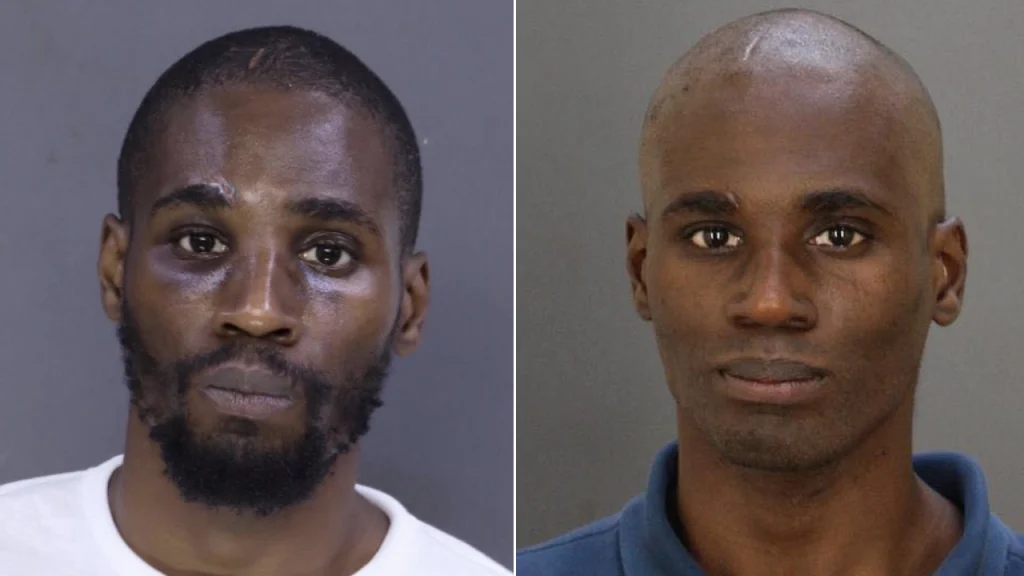Sex Offender Arrested for Campus Assault at Johns Hopkins University
In a troubling development that has rattled the Johns Hopkins University community, a 31-year-old registered sex offender named Raymond Willis Lunn has been arrested in connection with an attempted rape on campus. The incident, which occurred on the evening of October 18, involved a 19-year-old female student who was walking through an area known as “the quads” when she was approached by a man asking for directions. According to police reports, what began as a seemingly innocent request quickly escalated when the suspect allegedly attacked the young woman from behind, forced her to the ground near a bench, and began removing her clothing. The assault only ended when other people approached the area, causing the attacker to flee the scene. The victim’s prompt reporting allowed authorities to obtain crucial surveillance footage showing the suspect before and after the attack, which they subsequently released to the public in hopes of identifying him.
The community response was swift, with multiple tips coming in shortly after the images were circulated. One caller identified the man as Raymond Chambers, which was Lunn’s former legal name, while another reported seeing someone matching the suspect’s description at a local treatment center. When officers located and interviewed Lunn at this facility, the victim was able to identify him from a photo lineup, leading to his arrest on charges of attempted rape and assault. During his bond hearing, Judge Mark Scurti deemed Lunn an “extreme danger” to the community and the victim, citing his extensive criminal history. Despite this assessment, Lunn maintained his innocence throughout the proceedings, claiming police had “picked up the wrong person” and that his clothing merely resembled what was seen in the surveillance photos. However, according to charging documents, Lunn was unable to provide a credible explanation for his whereabouts after 7 p.m. on the night of the assault, raising further suspicions about his involvement.
What makes this case particularly disturbing is Lunn’s lengthy history of similar offenses, which dates back nearly a decade. Court records reveal that he was convicted of a sex crime in Baltimore County in 2016, resulting in his registration as a sex offender. Just two years later, in 2018, Lunn was convicted of second-degree attempted rape for attacking a FedEx worker, for which he received a 20-year prison sentence with all but eight years suspended. The judicial system’s handling of his case has raised questions among community members, as records show Lunn was paroled in May 2024 but returned to custody in 2025 for violating his probation. Most concerning is that in September 2025, Judge Wendy Epstein sentenced him to time served and continued his probation—less than six weeks before his alleged attack at Johns Hopkins. During recent court proceedings, Lunn’s attorney revealed that his client has been diagnosed with schizophrenia and requested electronic monitoring, referencing an earlier order by a Baltimore County judge that apparently wasn’t effectively implemented.
University officials have responded to the incident with expressions of shock and concern while emphasizing their commitment to campus safety. Johns Hopkins University Police Chief Branville Bard confirmed that investigators had meticulously tracked the suspect’s movements throughout the day of the incident, leading to the arrest that was announced jointly by campus police and the Baltimore City Police Department. University President Ronald Daniels released a statement addressing the campus community, saying, “This has been a deeply distressing situation for many members of the Hopkins community. The safety and well-being of all members of our community will always be our highest priority, and we are fully committed to ensuring that you can feel safe and supported where you live, learn, and work.” These reassurances come at a crucial time as the university attempts to restore a sense of security among its student population.
The reaction among students, however, reveals ongoing concerns about campus safety that predate this incident. Aneesh Swaminathan, a student interviewed by local media, expressed the frustration felt by many: “No student should be getting constant messages about assaults or robberies. It’s happening far too often. We need more visible police presence, especially at night, to feel safe.” This sentiment reflects a broader anxiety about personal security on and around campus, with many students questioning whether enough is being done to protect them from potential threats. In response to these concerns, university officials have stated that additional patrols and enhanced safety measures are being reviewed. The incident has sparked renewed conversations about the balance between open campus environments and the need for security measures that can effectively prevent such attacks from occurring.
As the investigation continues, police are reviewing other recent sexual assault reports in the area to determine whether Lunn may be connected to additional cases. Authorities are encouraging anyone with information or who may have been a victim to contact the sex crimes unit, emphasizing the importance of community cooperation in addressing such serious crimes. This case highlights several troubling aspects of our criminal justice system, including the challenges of monitoring registered sex offenders after release, the effectiveness of rehabilitation programs for individuals with histories of violent behavior, and the difficult balance between providing mental health treatment and ensuring public safety. For the Johns Hopkins community, the incident serves as a painful reminder of vulnerabilities that exist even in seemingly secure educational environments, prompting calls for systemic improvements in campus security protocols and better coordination between university authorities, local law enforcement, and the judicial system to prevent similar attacks in the future.


